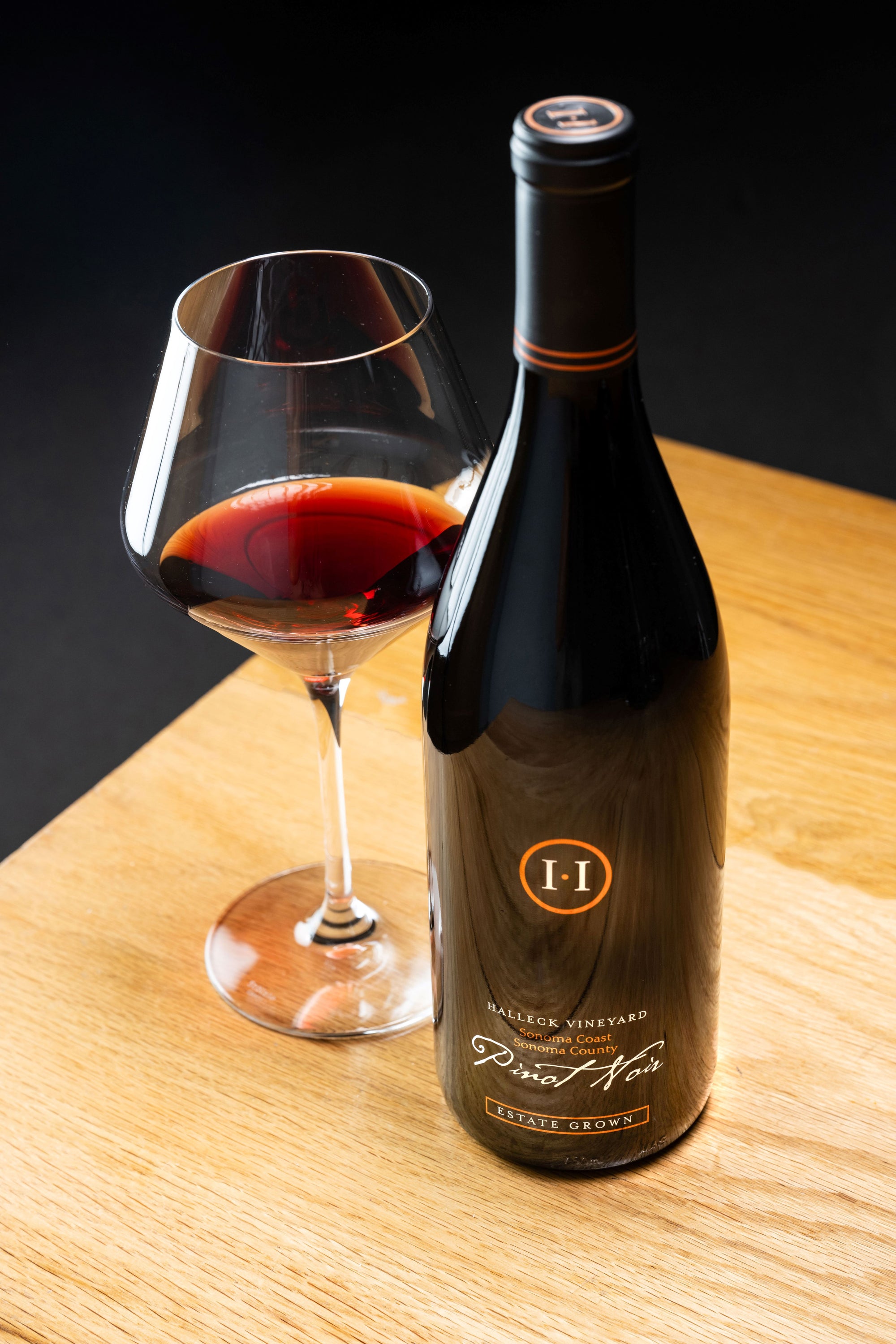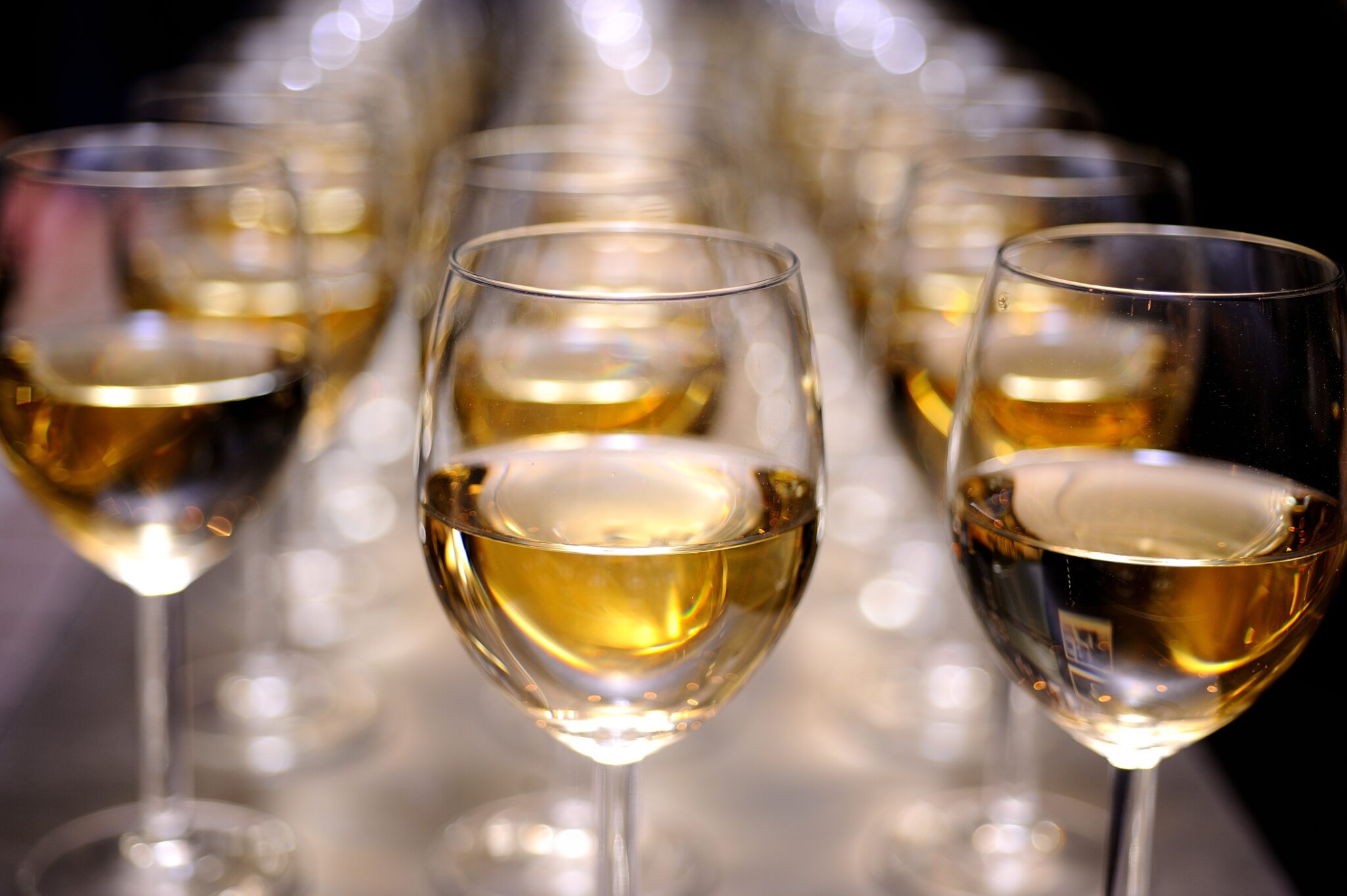Wine Tasting Experiences With Local Cheese - The Charm Of Sonoma Wineries
Wineries In Green Valley - Best Winery Located In Sonoma
Wine tasting is an art that combines sensory experience with an appreciation for the nuances of different varietals. How to gauge flavors in winery wine tasting classes is pivotal to grasping the complexities of wine.
Participating in a wine tasting entails more than simply sipping and savoring. It requires a focused approach to determine aromas and flavors that every wine presents. As you begin, observe the wine's look, noting its colour and readability. These visible cues typically recommend a wine’s age, grape variety, and even potential flavor profiles.
The subsequent step in the tasting course of is to swirl the wine in your glass. This action releases fragrant compounds which may be vital for analysis. Lean in and take a second to inhale deeply; the aromas can range from floral and fruity to spicy and earthy. The nostril of the wine is just as necessary because the palate, and recognizing scents performs a significant role in understanding the general experience.
When taking your first sip, enable the wine to move across your palate - Wineries With A Focus On Syrah. Discover the initial flavors that present themselves. Is the wine fruity, floral, or maybe herbaceous? This preliminary style offers perception into what the wine is prone to express as you continue to evaluate it. The mouthfeel additionally contributes to the general flavor experience; it could be silky, tannic, or even effervescent.
Local Favorite Wineries In Sonoma - Sonoma Vineyard Tours
As you proceed tasting, pay consideration to the wine’s steadiness. A well-balanced wine will harmonize acidity, sweetness, and tannins. If one part overwhelms the others, it might point out a less desirable high quality. Evaluating steadiness might help you determine how nicely the wine might pair with food.
Transitioning to the end, consider how the flavors evolve as the wine lingers in your palate. A lengthy, pleasant end can point out a high-quality wine, whereas a short or abrupt finish might counsel otherwise. Mirror on whether the flavors stay consistent or if new notes emerge because the wine settles. This progression can reveal complexities and intricacies which may not have been obvious within the initial tasting.
Temperature is also a vital consider evaluating wine flavors. Completely Different types of wine are optimally enjoyed at specific temperatures. White wines often shine when chilled, while red wines usually carry out finest at room temperature. When tasting, ensure the wine is at the applicable temperature to completely recognize its character.
Wineries Offering Elegant Wine Tastings - Sebastopol Winery Experience
Pairing food with wine can tremendously enhance the tasting experience. Meals can affect the notion of flavors in wine, both highlighting certain traits or diminishing them. When evaluating flavors, contemplate how the wine interacts with completely different meals, noticing which flavors are amplified or muted (Wineries Near Sonoma Square).

Contemplate the affect of terroir as you engage in a winery tasting. Terroir encompasses the distinctive environmental components that affect grape rising, together with soil composition, local weather, and geography. Understanding a wine's terroir can provide perception into its flavors and aromas, fostering a deeper appreciation for the alternatives made throughout its cultivation and production.
Education performs a basic function in enhancing one's capacity to evaluate wine flavors. Studying about grape varieties, wine regions, and production strategies can pave the best way for more informed judgments during tastings. Additionally, attending workshops or classes can refine sensory skills and increase your flavor vocabulary, enabling you to articulate tasting notes more effectively.

Lastly, it's essential to keep in thoughts that evaluating wine flavors is a highly personal experience. Individual preferences and perceptions will invariably form one’s tasting journey. Enjoyment should be at the forefront, with the evaluation process performing as a device to reinforce understanding and appreciation Get the facts rather than create inflexible guidelines.
Wineries Known For Their Beautiful Gardens - Sonoma Vineyards To Explore
In conclusion, mastering tips on how to consider flavors in winery wine tasting classes entails a mix of sensory engagement, information, and practice. By studying to establish aromas, assess the stability, and appreciate the intricacies of flavor, wine enthusiasts can deepen their connection to every bottle they encounter. As with any art type, the more one immerses themselves in the experience, the more they will discover and benefit from the vast world of wine.
- Start by observing the wine's color and readability, as these visual elements can hint at its flavor profile and getting older potential.
- Swirl the wine gently in your glass; this releases aromatic compounds, permitting you to higher determine the complicated scents related to the wine.
- Take a deep inhale earlier than tasting, specializing in each primary and secondary aromas to assemble insights on fruits, spices, and different nuances.
- When tasting, permit the wine to coat your palate; note the preliminary flavors, the mid-palate complexity, and the finish as these levels can present completely different flavor highlights.
- Pay consideration to texture and mouthfeel, as elements corresponding to tannin levels, acidity, and sweetness contribute considerably to the general tasting experience.
- Compare flavors towards standard wine characteristics; for red wines, consider berry notes, oak influence, and herbal tones, whereas whites could embrace citrus, stone fruits, and floral hints.
- Take notes in the course of the tasting session to track your impressions, helping you to remember and consider the completely different wines sampled.
- Focus On your findings with fellow tasters or winery workers, as sharing insights can improve understanding and appreciation of particular person flavors.
- Enable time for the wine to breathe; typically, flavors evolve and reveal new dimensions after being uncovered to air.
- Experiment with food pairings in the course of the tasting as they can dramatically alter how flavors are perceived, influencing overall enjoyment.undefinedWhat ought to I search for when evaluating the aroma of wine throughout a tasting?
Begin by swirling the wine in your glass to launch its aromas. Bring the glass to your nostril and take a deep breath. Pay consideration to the first scents you detect, as these are often the most distinguished. Look for fruit, floral, herbal, or earthy notes and attempt to establish specific traits, which can deepen your understanding of the wine's complexity.
Wineries Offering Charcuterie And Wine Pairings - Sonoma’s Lush Vineyard Landscapes
How can I distinguish between completely different flavor profiles in wine?
Understand that flavor profiles are sometimes categorized as fruit, floral, herbaceous, spicy, or mineral. Take small sips and permit the wine to coat your palate. Discover the primary flavors that emerge first and the refined notes that observe. This layering is essential in distinguishing the wine's traits and will allow you to appreciate its distinctive profile.
Wineries With Scenic Views - Sebastopol Wine Country
What is the significance of the wine's texture in a tasting?
The texture of the wine, also called mouthfeel, plays a crucial function in how we perceive flavors. Pay attention to whether the wine feels clean, creamy, or gritty. The body of the wine (light, medium, or full) can improve or contrast with flavors, offering a extra rounded experience you could try here during tasting.
How do I assess the balance of flavors in wine?
Balance in wine refers to the harmony between acidity, sweetness, tannin, and alcohol. Take a second to assess whether or not these components complement or intrude with each other. A well-balanced wine may have none of its elements overpowering the others, creating a nice tasting experience.
Beautiful Picnic Areas At Sonoma Wineries - Wine Tasting Experiences In Sebastopol
What position does temperature play in evaluating wine flavors?
Temperature can significantly influence the notion of flavors. Usually, purple wines are finest served barely under room temperature, while white wines take pleasure in being chilled. As the temperature changes, the aromas and flavors can shift, allowing you to understand different characteristics. It’s essential to style wine at its optimum temperature for true analysis.
Wineries Hosting Seasonal Events - Wineries To Visit
How can I improve my tasting skills over time?
Practice is essential to bettering your tasting skills. Remarkable Craft Wineries In Sebastopol. Attend tastings, maintain a journal of your experiences, and discover several varieties of wines to broaden your palate. Moreover, studying about wine production and grape varieties can provide context that enhances your analysis process, making you a more informed taster.
Is there a particular order by which I should style the wines?
Wineries With Artisan Chocolate Pairings In Sonoma - Sonoma Wine Culture
Sure, it’s advisable to style wines from light to full-bodied and dry to candy. This development prevents the stronger flavors from overshadowing the more delicate ones, allowing you to completely respect every wine's traits and nuances with out palate fatigue.
How can I evaluate the aftertaste of wine?
Best Wineries For Wine Tasting In Sonoma - Discovering Sebastopol's Wineries
The aftertaste, or end, is an important aspect of the wine-tasting experience. After swallowing, pay consideration to how long the flavors linger in your palate and whether or not they change. A lengthy, nice finish is often an indicator of a high-quality wine, while a brief or unpleasant end may counsel in any other case.
Why is it essential to notice the wine’s acidity throughout tasting?
Acidity contributes to the overall freshness and structure of the wine. Pay attention to the tingling sensation on your tongue; larger acidity can improve the wine's liveliness and steadiness out sweetness. Noting acidity helps decide the wine's versatility with food and its getting older potential.
What should I do if I wrestle to establish specific flavors in wine?
Wineries Near Sonoma Square - Sonoma's Finest Wineries
Struggling to identify flavors is frequent, especially for beginners. Focus on broader categories and describe what you presumably can acknowledge, corresponding to candy or earthy notes. With practice, studying about completely different flavor profiles, and maybe utilizing flavor wheels, you'll refine your senses and develop a extra nuanced strategy to tasting.